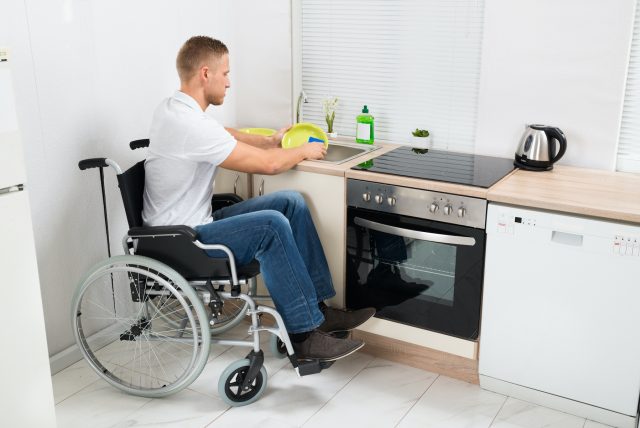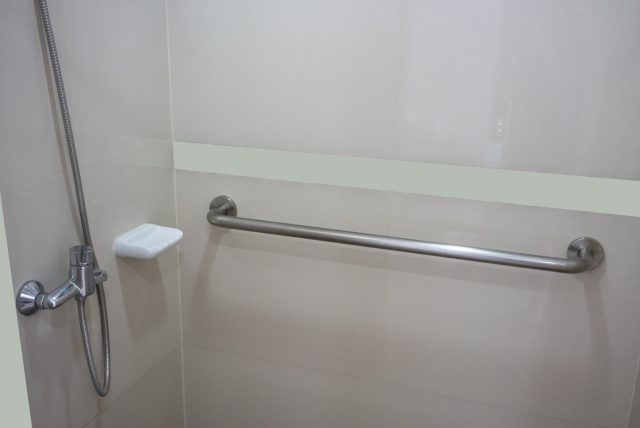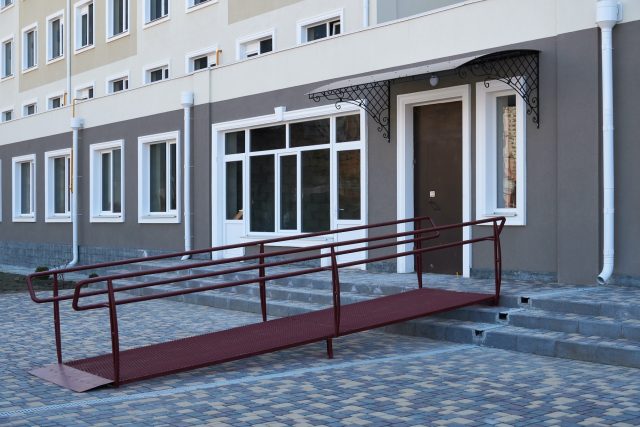Equipment
It can be hard to start using equipment within the home, whether it’s due to space, cost, the look of it or acknowledging things are different.
But investing in the right equipment or home modifications can be a positive move, it may:
- provide a level of independence to the person you care for
- reduce the amount of physical support you need to provide
- reduce your risk of injury
- reduce the risk of injury for the person you care for
- enable others to assist you
- increase your ability to be able to provide care within your own home
Assessment by a health professional such as an Occupational Therapist Occupational Therapy Australia - Find an Occupational Therapist is essential to ensure you get the right equipment for you and you know how to use it safely to prevent injury to yourself and the person you care for. Independent Living Centres are in each state and can also provide information about products and services to help people remain independent and improve their quality of life, Home - Independent Living Centres Australia.
Below are some examples from small equipment to home modifications, there are endless possibilities and each person has individual needs. A solution might be out there, and not be as expensive or complicated as you think.
Small modifications and equipment
- Small kitchen aids such as tap turners, kettle tippers and non-slip work mats, can enable someone to make their own snack, drinks and meals.
- A high perching stool can enable someone who cannot stand for long periods to be able to work at a kitchen bench height.
- Rearranging cupboards and storage of heavy or regularly used items, can reduce the need for bending or reaching.
- A grab rail by a step or in the bathroom can provide physical support instead of a person.
- A flexible or hand held shower head, might enable someone to wash themselves once set up.
- Wheelchairs and walkers can increase independence and reduce the need for physical support.
- Chair raisers can go under a normal chair and make it easier for someone to get in/out without help.
- SMART technology such as voice activation for lights, TV’s or access to the home, can provide independence and reduce the need to move if it is hard or unsafe to do so.
- Medication boxes with that are easy to open with timers or prompts, can reduce the need to be physically assisted to open difficult packaging or remember to take medication.
Larger modifications/equipment
- A ramp instead of steps can increase access for wheelchairs or walkers
- Hoists can lift people. They can be mobile on wheels or in some cases tracked into a ceiling.
- Lifts or stair lifts can enable access to all areas of a two storey home.
- Doorways can be widened to enable access for wheelchairs.
- Kitchen benchtops can be lowered or height adjustable to enable access for all.
- Bathrooms can be converted into wet rooms, to enable showering in a chair.
Carer Support does not specifically endorse any organisation, association or entity referred to in, or linked to, the Online Resources. Views or recommendations provided in linked websites do not necessarily reflect those of Carer Support and Carer Support has no responsibility for the content of the linked website(s). It is your responsibility to make your own decisions about the currency, completeness, accuracy, reliability and suitability of information contained in linked websites.

 08 8433 9555
08 8433 9555




